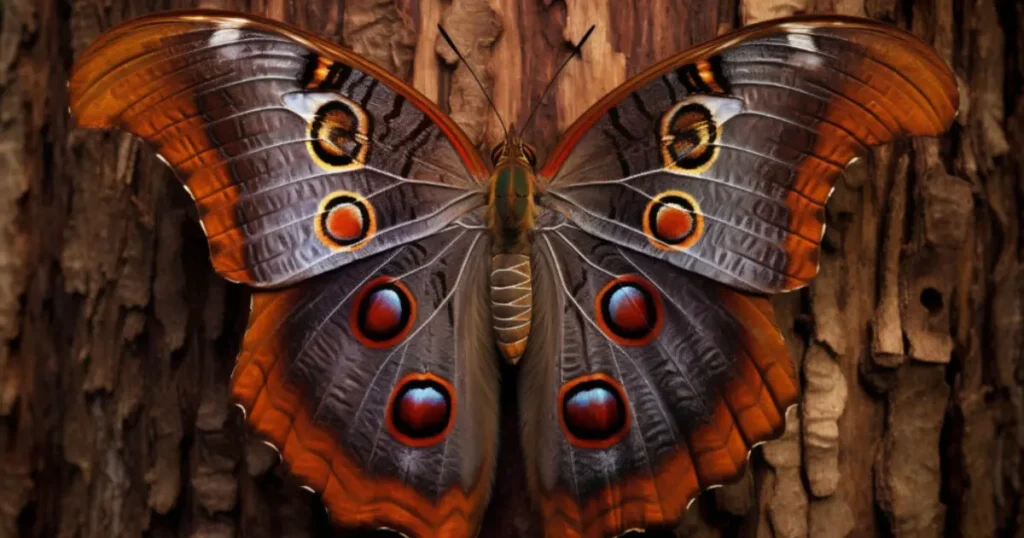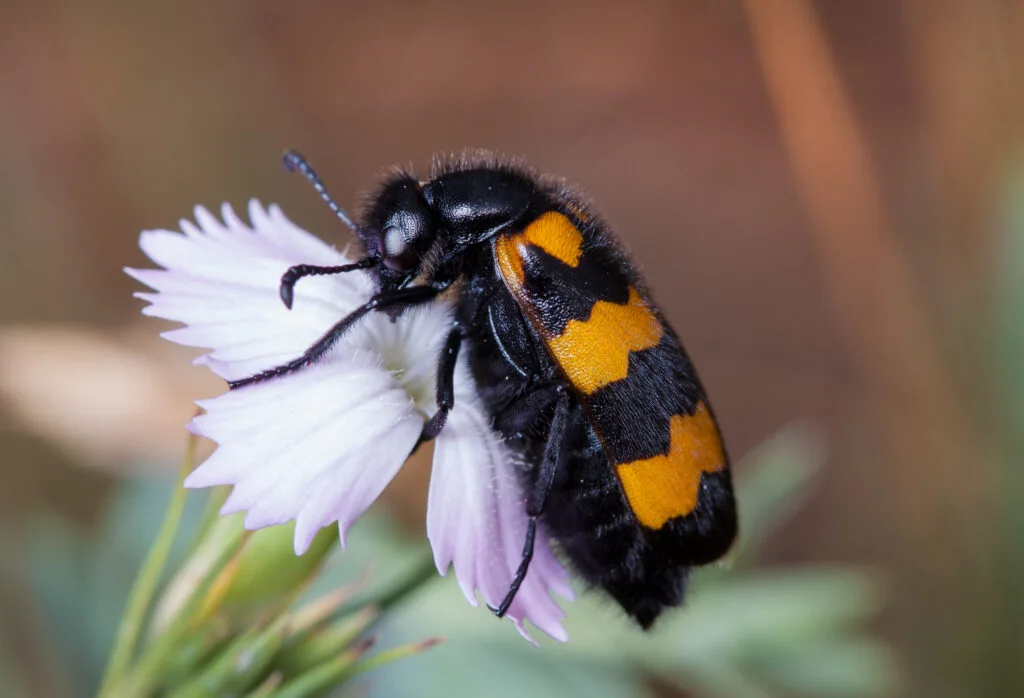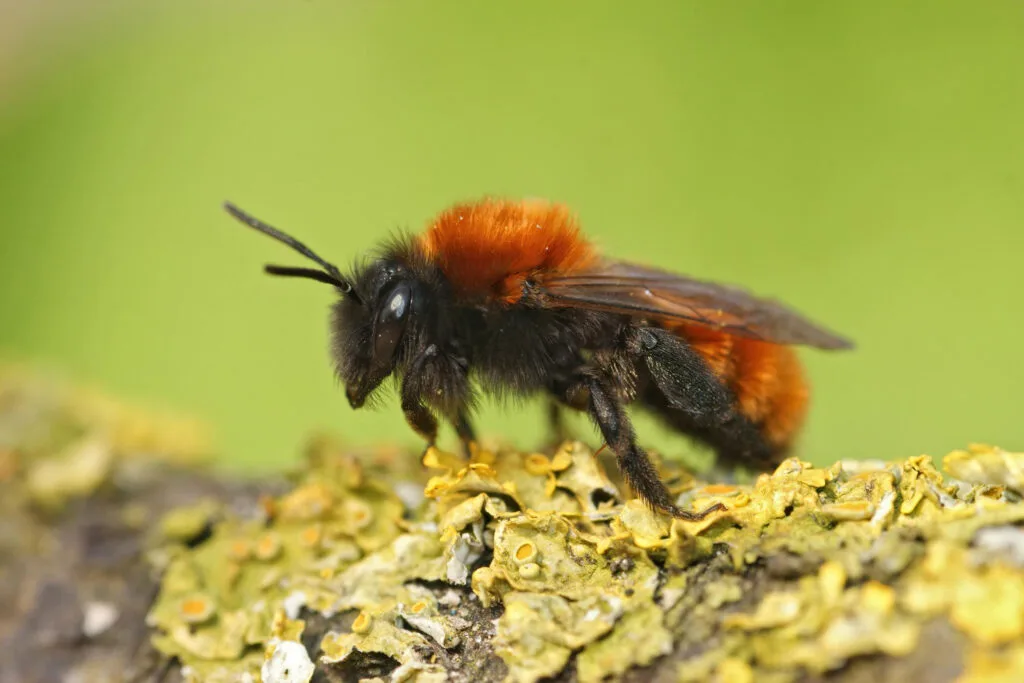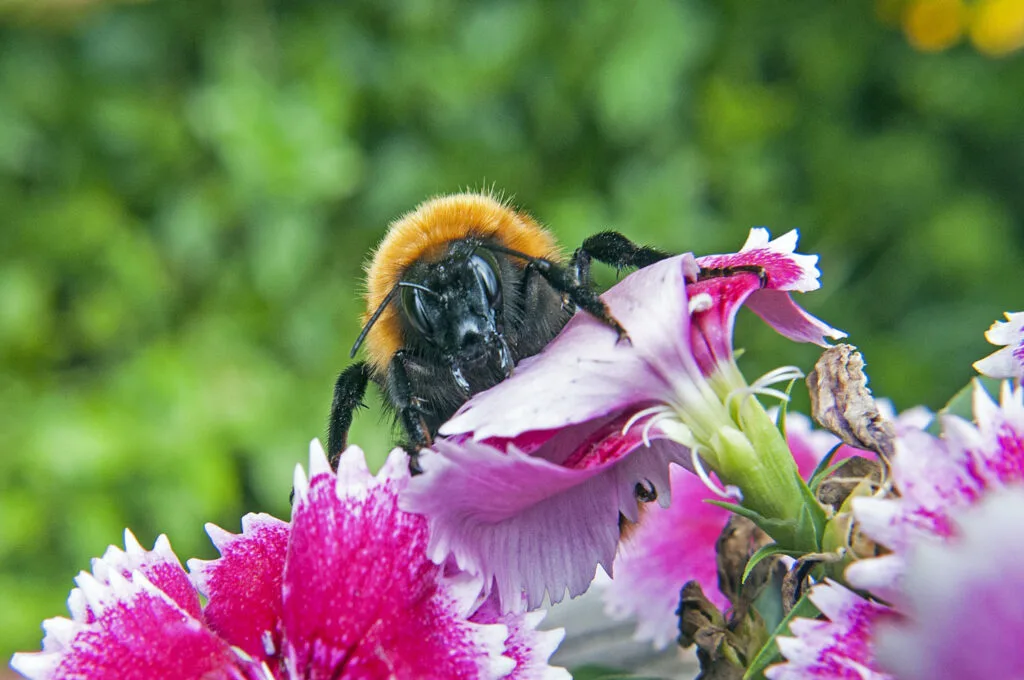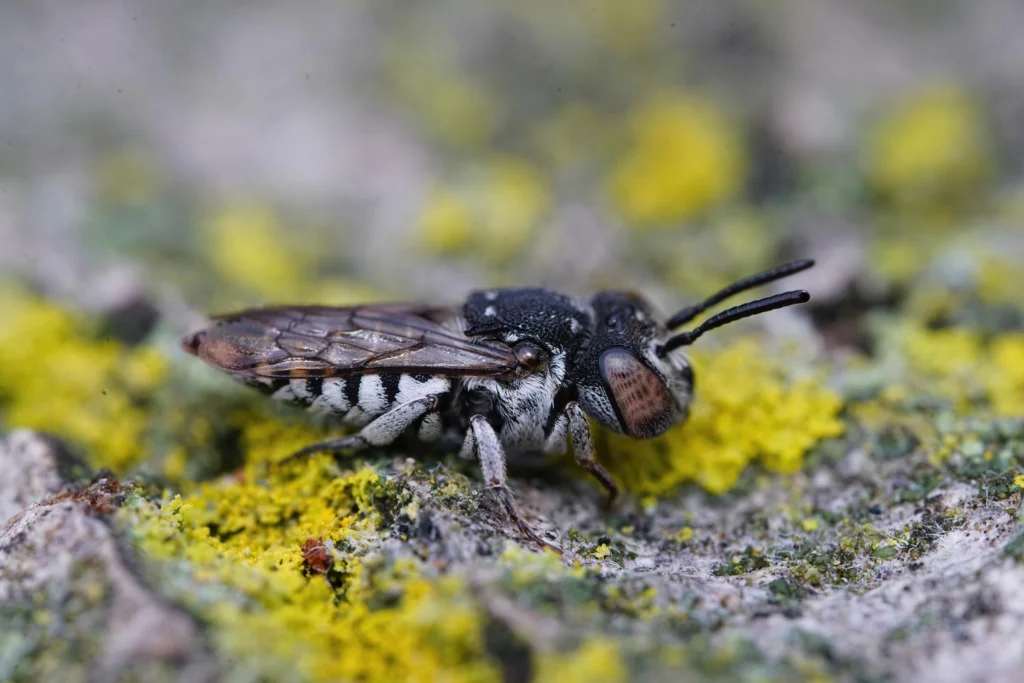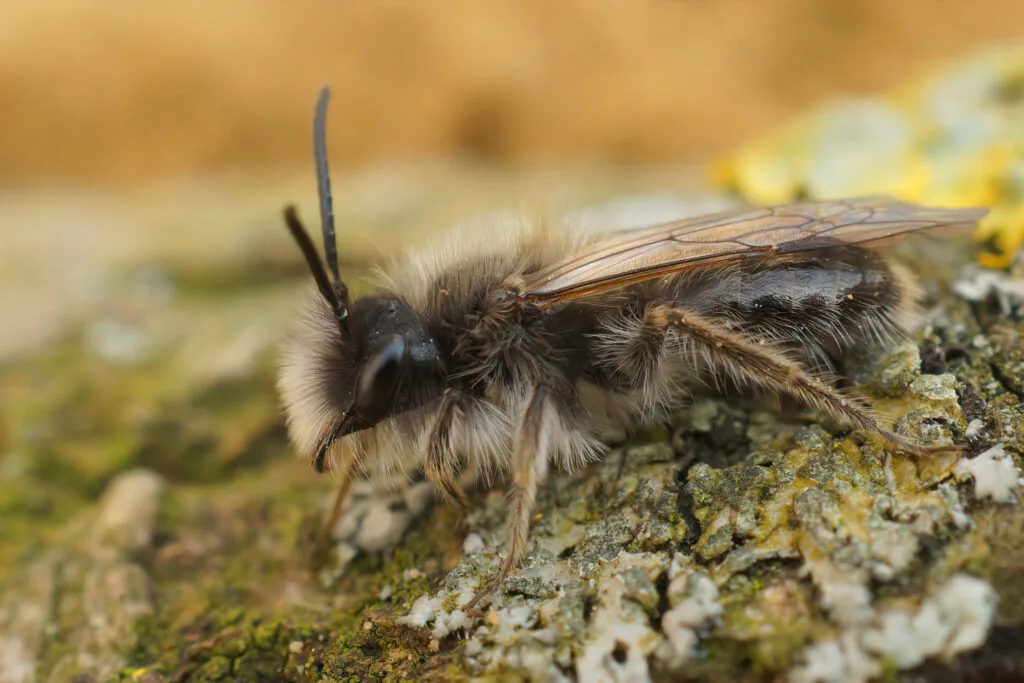Bearded Dragons are among the most popular pet reptiles, known for their docile nature and unique appearance. These fascinating creatures, native to Australia, require specific care to thrive in captivity. Whether you’re a new owner or an experienced reptile enthusiast, understanding the right approach to Bearded Dragon care is crucial. This guide covers their diet, habitat, health concerns, and lifespan to ensure your pet lives a happy, healthy life.
Table of Contents
ToggleWhy Choose a Bearded Dragon as a Pet?
Pros of Owning a Bearded Dragon
- Friendly and Docile Nature: Bearded Dragons are known for their calm demeanor and rarely show aggression.
- Easy to Handle: Unlike some other reptiles, they tolerate handling well and can form a bond with their owners.
- Long Lifespan: With proper care, they can live up to 10-15 years.
- Minimal Odor: Unlike mammals, they don’t have strong body odors.
- Diurnal Activity: They are active during the day, making them great for those who want a pet to interact with.
Cons of Owning a Bearded Dragon
- Requires Specialized Equipment: A proper habitat with UVB lighting and temperature control is necessary.
- Dietary Needs: They require a mix of live insects and fresh vegetables.
- Initial Setup Cost: While they are affordable to buy, setting up their enclosure can be expensive.
- Veterinary Care: Exotic pet vets may be harder to find and more expensive.
Setting Up the Ideal Bearded Dragon Habitat
Choosing the Right Enclosure
A well-maintained habitat is essential for your Bearded Dragon. The enclosure should be spacious enough to allow movement, with a recommended size of at least 40 gallons for an adult dragon. A front-opening terrarium is ideal for easy access.
Temperature & Lighting Requirements
- Basking Spot: 95-110°F (35-43°C)
- Cool Side: 75-85°F (24-29°C)
- Night Temperature: Should not drop below 65°F (18°C)
- UVB Lighting: Full-spectrum UVB light is necessary to prevent metabolic bone disease. Keep it on for 10-12 hours daily.
Substrate Choices
- Safe options: Reptile carpet, newspaper, or tile
- Avoid loose substrates like sand, which can cause impaction if ingested.
Bearded Dragon Diet: What to Feed & What to Avoid
Balanced Diet for Optimal Health
Bearded Dragons are omnivores, meaning they eat both plants and insects. Their diet should be well-balanced between protein and vegetation.
Insects for Bearded Dragons
- Crickets
- Dubia roaches
- Mealworms (as an occasional treat)
- Black soldier fly larvae
Vegetables & Fruits
- Leafy greens: Collard greens, mustard greens, dandelion greens
- Vegetables: Bell peppers, carrots, squash
- Fruits (in moderation): Blueberries, mango, papaya, apples
Foods to Avoid
- Avocado (toxic)
- Lettuce (low nutritional value)
- Fireflies (toxic and lethal)
Bearded Dragon Health & Common Issues
Signs of a Healthy Bearded Dragon
- Bright eyes and alert behavior
- Regular eating habits
- Active movement and proper basking
Common Health Problems
- Metabolic Bone Disease (MBD)
- Caused by calcium deficiency due to lack of UVB lighting.
- Symptoms: Weakness, deformed limbs, soft jaw.
- Prevention: Provide UVB light and calcium supplements.
- Impaction
- Caused by consuming loose substrate or hard-to-digest food.
- Symptoms: Constipation, bloated stomach.
- Prevention: Use safe substrate and provide proper diet.
- Respiratory Infections
- Caused by low temperatures or high humidity.
- Symptoms: Wheezing, mucus from nose, lethargy.
- Prevention: Maintain proper temperature and ventilation.
- Parasites
- Symptoms: Weight loss, diarrhea.
- Prevention: Keep the enclosure clean and schedule regular vet check-ups.
Lifespan & How to Extend It
A healthy Bearded Dragon can live between 10-15 years with proper care. Here’s how you can ensure a long, fulfilling life for your pet:
- Provide a proper diet with balanced nutrition.
- Maintain the correct temperature and humidity levels.
- Regularly clean the enclosure to prevent bacterial infections.
- Schedule routine vet visits for health check-ups.
Frequently Asked Questions (FAQs)
1. Are Bearded Dragons good pets for beginners?
Yes, they are great pets for beginners due to their friendly nature and easy handling. However, they do require a specific setup and care routine.
2. How often should I feed my Bearded Dragon?
- Baby Bearded Dragons: 3-5 times a day
- Juveniles: Twice a day
- Adults: Once a day with more greens than insects
3. Do Bearded Dragons like to be handled?
Yes, they tolerate handling well and can even enjoy gentle interaction. Regular handling helps them become more social.
4. How often should I clean my Bearded Dragon’s tank?
- Spot clean daily (remove uneaten food and waste).
- Deep clean the tank and accessories every 2-4 weeks.
5. Can Bearded Dragons recognize their owners?
Yes, many owners report that their Bearded Dragon recognizes them and reacts positively to their presence.
6. Do Bearded Dragons require companionship?
No, they are solitary animals and do not need another Bearded Dragon in their enclosure.
7. How do I know if my Bearded Dragon is sick?
Signs of illness include lack of appetite, lethargy, weight loss, and unusual stool. If you notice any of these, consult a reptile vet immediately.
8. Can I let my Bearded Dragon roam outside its enclosure?
Yes, but only under supervision and in a safe, controlled environment. Ensure there are no hazards like toxic plants, small spaces they can get stuck in, or other pets that may harm them.
Conclusion
Bearded Dragon as a pet is rewarding experience, but it requires commitment and knowledge. By setting up the right habitat, feeding a well-balanced diet, and staying vigilant about their health, you can ensure your pet thrives for many years. Whether you’re a new or experienced owner, following these care tips will make your journey with your Bearded Dragon enjoyable and fulfilling.


